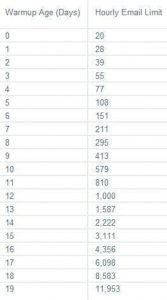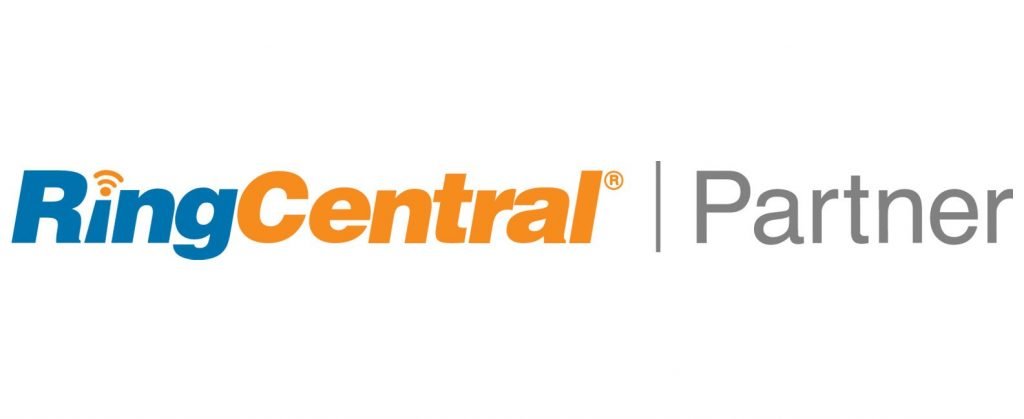Zoho Marketing Automation Domain Warm Up And Zoho Marketing Automation IP Warm Up
If you landed here, you are probably serious about Zoho email deliverability
Think about how you landed on this page. What did you search for? Was it:
- Zoho Marketing Automation– Email deliverability?
- Zoho Marketing Automation – Email domain best practices?
- Zoho Marketing Automation – How to avoid being sent to spam folders?
- Zoho Marketing Automation – How do I warm up my domain for sending emails?
- Zoho Marketing Automation – How do I warm up my IP address for sending emails?

How do you warm up the IP address using Zoho Marketing Automation or Zoho Campaigns
Unfortunately, the answer is you cannot warm up your IP in Zoho because there is no IPs to warm up. You and every other customer that uses Zoho are using a pool of IP addresses to send your email. Zoho does not make this pool of IP addresses known. Let’s say they have 50 IP addresses that send their client emails. Well, a doctor’s office Zoho client with 25 nurses is using the same IP address pool to send emails as the Zoho client that is using a 30-day trial, or a mom-and-pop bakery trying to get their business email marketing setup. At a very low level, that information is correct, but let’s hope Zoho doesn’t let the 30-day trial people tarnish our IP reputation :). I am only referring to IP warming as it pertains to Zoho Marketing Automation and Zoho Campaigns. For those of you who have used Zoho’s marketing platform, you know that every email campaign has to be approved before actually sending. This is one way Zoho tries to keep the 50 (probably more than 50, just need a number) IP addresses we all share in good standing with ISP’s. They actually have humans manually checking every email you send before it goes out. At least they have a process to keep our Zoho IP address kinda spam-free. So, the answer is, you cannot warm up an IP when sending via Zoho’s marketing platforms.
How do you warm up the domain using Zoho Marketing Automation or Zoho Campaigns

SPF, DKIM, and DMARC DNS records and how do they help with Zoho email deliverability
Here are some other terms you have probably learned about while researching and trying to get the best delivery rates when sending marketing emails using Zoho. We will not go into details here but they are imperative to have correctly implemented. Again, I see so many ‘accidental techies‘ that are not IT specialists put in time and effort only to not put in place all the settings that tell the world who can send and how your business sends emails.
Let’s start with SPF (Sender Policy Framework) records. These settings tell the world what domains and IP addresses are authorized to send as your domain. I see it time and time again where a business sets up SPF records for their email service provider (Gmail, Office 365, GoDaddy, MailChimp, Constant Contact, etc) but they forget to include the IP address of their web server. If a server is sending emails, it needs to be included in the SPF. PERIOD!! Just to confuse you, if you have a pool of IP addresses a service uses to send emails on your behalf, you can add the IP block in CIDR notation. Zoho requires you to set up an SPF record before you can send emails. If for some reason the SPF record gets updated, be sure to put the SPF record for Zoho marketing platform back in because while Zoho does not continue to check your SPF record is still set up correctly, the email services receiving your emails are checking for each email.
Now to DKIM (DomainKeys Identified Mail) Zoho settings. DKIM records are required by Zoho to send emails from their marketing platforms. This is basically a long string of characters attached to your emails when your email server sends emails. It’s kinda like a unique fingerprint that your email server uses to tell the rest of the world that when they get an email with this published fingerprint, it is from our organization.
Now to DMARC (Domain Message Authentication Reporting) settings. DMARC is not required by Zoho, but it can be powerful when implemented correctly. Many “IT Pros” do not implement DMARC DNS records. The idea is you get a report from ISP’s sent to your business designated email address. Could be your receptionist, could be the CEO, doesn’t matter but you will need to include the email address for ISP’s to send the report to. Let’s say you have your DKIM and SPF records set up correctly. Now, a co-worker comes along and they purchase a new email service without telling you, perhaps an email service that reaches out to congress, or a service that sends aggregated data, or maybe they open a CRM account with another vendor. They have not told the rest of the world that the new services are authorized to send as your domain. You will get a report from ISP’s daily, or every few days, and that report will show you someone is trying to impersonate your email domain. The action here is to add SPF and DKIM to the newly acquired email service. Another reason this DMARC is great is you can control what ISP’s do with your emails if the emails do not pass SPF or DKIM tests. If you know ALL the services that send emails on your behalf and they all have SPF and DKIM, you can tell ISP’s to either quarantine or reject emails that do not pass the SPF or DKIM tests. The reason to do this is let’s say your domain is being spoofed or heaven forbid an account has been compromised and emails are being sent via an external SMTP server. If you enable “reject” in your DMARC record, then all emails that do not pass the SPF and DKIM tests are not pushed to recipient spam folders by the ISP, they are outright deleted. Setting your DMARC Quarantine with telling the ISP to push emails that do not pass SPF and DKIM, to push them to the quarantine/spam folders of the email inboxes. Confused yet? We could continue down the email deliverability rabbit hole, but this post is about Zoho email deliverability.
I hope this post helps Zoho Marketing Automation customers with their email deliverability. If anything, perhaps we introduced new concepts to a few or provided a different way of explaining things. Let us know if you have questions!




